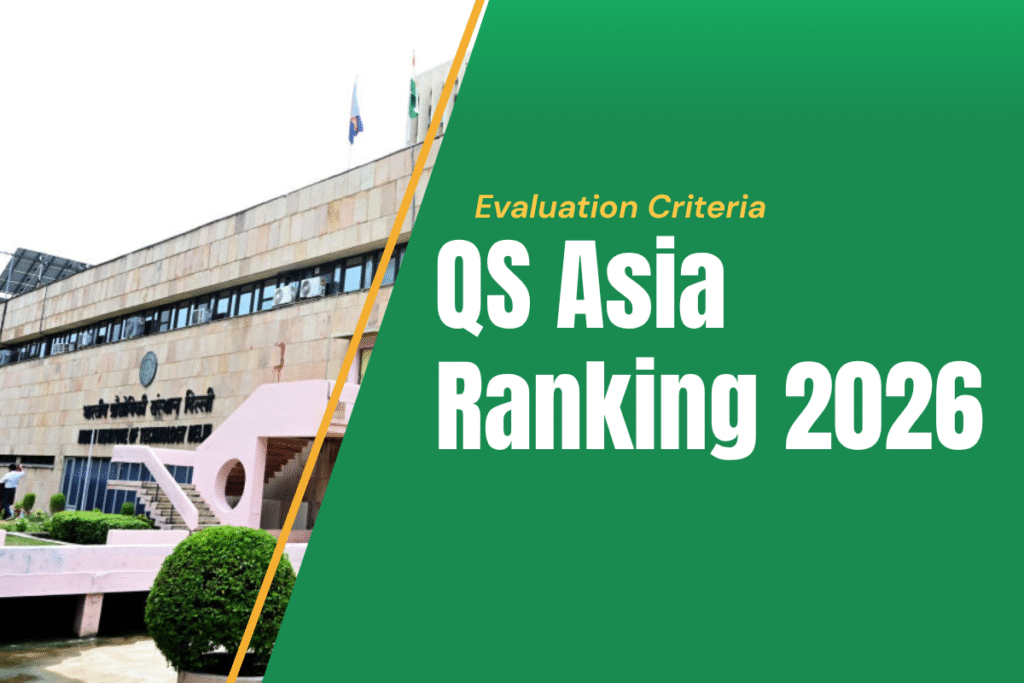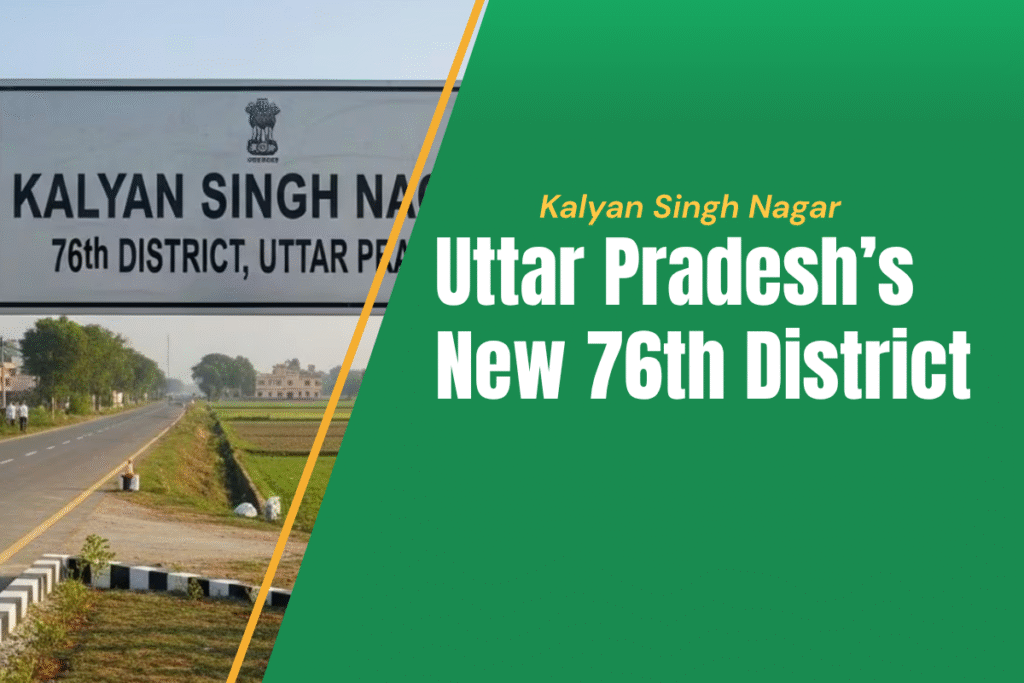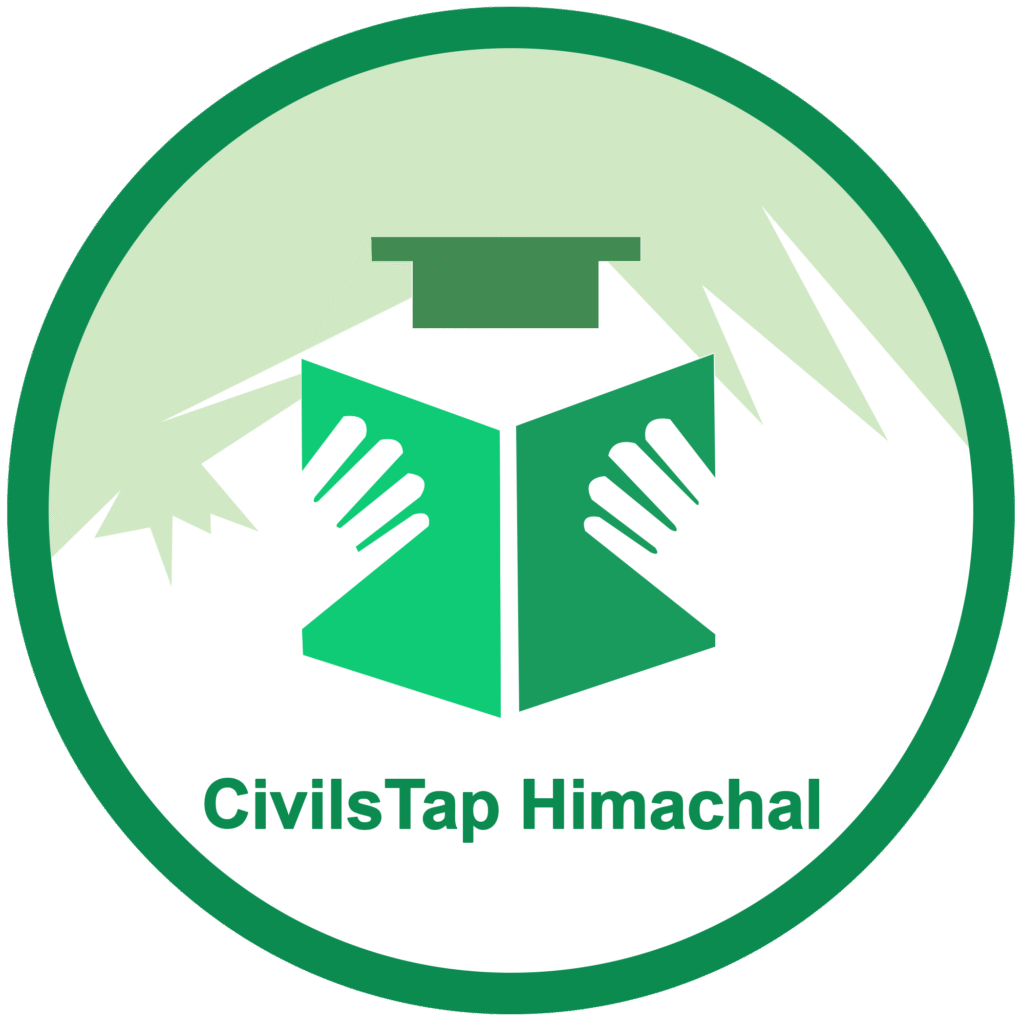23 Sep 2025: PRELIMS CURRENT AFFAIRS | Complete Exam Preparation
Prelims Current Affairs includes International day of sign languages, Universal Postal Union (UPU), Project Vijayak, Mozambique, National Archives of India (NAI), Sawalkote Dam on the Chenab River, Indrayani River and Pullas
IMPORTANT DAY
1. INTERNATIONAL DAY OF SIGN LANGUAGES
-
Observed every year on 23rd September.
-
Established by: UN General Assembly.
-
Purpose: To support and protect the linguistic identity and cultural diversity of all deaf people and other sign language users.
ORGANISATION
2. INDIA RE-ELECTED TO UPU COUNCILS
Current Context: India has been re-elected to the Council of Administration (CA) and the Postal Operations Council (POC) of the Universal Postal Union (UPU) during its 28th Congress held in Dubai.
About the Re-Election
-
Significance:
-
Reflects global confidence in India’s postal reforms.
-
Strengthens India’s leadership role in shaping global postal governance and operations.
-
Acknowledges India Post’s digital innovations and financial inclusion efforts.
-
-
India’s Contribution:
-
Member of UPU since 1876.
-
Introduced digital payments, e-commerce integration, and postal modernisation.
-
Nearly 150 years of continuous cooperation in international postal services.
-
About UPU
-
Founded: 1874 (Bern, Switzerland).
-
Specialised UN Agency since: 1948.
-
Headquarters: Bern, Switzerland.
-
Members: 192 countries.
-
Mandate: Primary forum for cooperation among postal stakeholders, ensuring universal and efficient postal services.
3. NATIONAL ARCHIVES OF INDIA
Current Context: The National Archives of India (NAI) hosted the 50th Golden Jubilee Meeting of the National Committee of Archivists (NCA) in New Delhi.
About National Archives of India
-
Established: 11 March 1891 as Imperial Record Department in Kolkata.
-
Shifted to New Delhi: 1911.
-
Nodal Ministry: Ministry of Culture.
-
Headed by: Director General of Archives.
-
Mandate:
-
Custodian of records of enduring value of the Government of India.
-
Implements Public Records Act, 1993 and Public Records Rules, 1997.
-
Conserves records in multiple languages (Sanskrit, Persian, Odia, etc.).
-
Does not receive classified documents.
-
DEFENCE
4. PROJECT VIJAYAK (BRO)
Current Context: The Border Roads Organisation’s (BRO) Project Vijayak celebrated its 15th Raising Day at Kargil, Ladakh.
About Project Vijayak
-
Launched: 2010 by BRO.
-
Name Origin: Draws from Operation Vijay, linking the battle theatre with the project area.
-
Objective: Provide road connectivity in Kargil and Zanskar, earlier under Project Himank.
-
Strategic Routes:
-
Zojila – Kargil – Leh axis.
-
Nimmu – Padam – Darcha axis.
-
-
Welfare Initiatives: Insulated shelters, sanitation, protective gear, winter clothing, health camps for labourers.
INTERNATIONAL
5. MOZAMBIQUE
Current Context: The Indian Navy’s First Training Squadron completed a four-day port visit to Maputo, Mozambique.
About Mozambique
-
Location: Southern Africa; coastline on Indian Ocean.
-
Borders: Zimbabwe (west), Eswatini & South Africa (south), Zambia & Malawi (northwest), Tanzania (north).
-
Water Bodies:
-
Rivers: Zambezi (largest), Limpopo, Rovuma, Licungo, Lurio.
-
Lakes: Lake Malawi (Nyasa).
-
-
Highest Peak: Mount Binga.
-
Capital: Maputo (largest city: Matola).
-
Resources: Natural gas, coal, hydropower, mineral sands, possible oil.
GEOGRAPHY
6. CHENAB RIVER & SAWALKOTE DAM
Current Context: The stalled Sawalkote Dam on the Chenab River in Jammu and Kashmir has been revived, becoming central to India’s strategy to harness hydropower potential from the river.
About Chenab River
-
Tributary of: Indus River.
-
Origin: Confluence of Chandra and Bhaga streams in Lahaul & Spiti (Himachal Pradesh).
-
Other Name: Chandrabhaga (upper reaches).
-
Course: Flows through Himachal Pradesh, Jammu & Kashmir; joins Jhelum near Trimmu and then Sutlej.
-
Tributaries:
-
Left Bank – Niru, Tawi, Neeru, Liddrari.
-
Right Bank – Ans, Bhut Nalla, Bichleri, Kalnai, Marusudar, Miyar Nalla.
-
-
Major Dams: Salal, Aalal, Baglihar, Dul.
-
Water Sharing: Governed under Indus Waters Treaty (1960) – Western rivers (Indus, Jhelum, Chenab) allocated mainly to Pakistan.
About Sawalkote Dam
-
Type: Run-of-the-river hydroelectric plant.
-
Location: Ramban District, Jammu & Kashmir.
-
Capacity: 2,185 MW – largest hydropower project in J&K, among the biggest in North India.
-
Features: 192.5-metre roller-compacted concrete gravity dam.
-
Output: 7,000+ million units electricity annually.
-
Benefits:
-
Boosts power supply, especially in winter.
-
May make J&K power-surplus.
-
Flood mitigation & improved water management.
-
7. INDRAYANI RIVER
Current Context: Maharashtra’s State Level Technical Committee (SLTC) approved two sewage treatment plant projects along the Indrayani River in Pimpri Chinchwad to tackle rising water pollution.
About Indrayani River
-
Location: Maharashtra.
-
Tributary of: Bhima River (Krishna River system).
-
Origin: Western Ghats near Lonavala (Mumbai–Pune Highway).
-
Course: Flows through Pune district → merges with Bhima at Tulapur.
-
Length: 105.3 km.
-
Religious Significance:
-
Alandi – Samadhi of Saint Dnyaneshwar.
-
Dehu – Hometown of Saint Tukaram.
-
-
Other Uses: Irrigation, agriculture, water supply for Pimpri-Chinchwad industrial region.
-
Hydro Project: Valvan Dam at Kamshet (hydroelectric).
HIMACHAL NEWS
8. CBSE CURRICULUM IN 100 SCHOOLS
Current Context: The state government announced the introduction of the CBSE curriculum in 100 government senior secondary schools to raise academic standards and support holistic development of students.
Significance
-
Enhances national-level competitiveness of government school students.
-
Facilitates uniformity in syllabus with central schools.
-
Improves chances for students in national exams and career opportunities.
9. PULLAS – TRADITIONAL FOOTWEAR OF HIMACHAL PRADESH
Current Context: Prime Minister Narendra Modi recently purchased Pullas (traditional hemp slippers) for priests of the Kashi Vishwanath Temple, highlighting their cultural and sustainable value.
About Pullas
-
Origin: Himachal Pradesh (mainly Banjar Valley of Kullu district).
-
Material: Handmade using hemp fibers (from wild cannabis stems), sheep wool, and colorful embroidery threads.
-
Eco-friendly Features:
-
Lightweight and breathable.
-
Natural antibacterial and acupressure properties.
-
Ideal for use in temples and kitchens where leather is prohibited.
-
-
Ergonomic Benefits: Promotes foot health, comfort, and blood circulation.
Cultural and Historical Significance
-
Deeply rooted in Himachali traditional attire and temple culture.
-
Traditionally made by women, passing skills across generations.
-
Worn during religious ceremonies, deity processions, and by temple priests.
-
Recently gained recognition when offered to priests at Kashi Vishwanath Temple.
Synonyms: Pullas are also known as Pulla chappal, Pulle, Peru, Bhaang Ki Chappal, or Pahadi slippers.
Download Pdf | Study Material | Downloads | Daily Quiz | FREE Youtube Videos
Latest Blogs
Ask your Query
Recent Posts
- Strategic Reasons For India To Become Global Solar Innovation
- A Quick Guide on PRIP Scheme Boosts Pharma R&D
- Why QS Asia Rankings 2026 Are Important for Universities
- Kalyan Singh Nagar Becomes Uttar Pradesh’s 76th District – All You Need to Know
- Horticulture in Himachal Pradesh: Opportunities and Challenges
Browse By Category
- Daily Current Affairs (4)
- EPFO (4)
- HP Allied (7)
- HPAS/HAS (18)
- IAS (20)
- Monthly Current Affairs (1)
- PCS (20)
- Uncategorized (1)
- UPSC (19)
- Weekly Current Affairs (2)
- Yearly Current Affairs (5)

Archives
- November 2025 (3)
- October 2025 (8)
- September 2025 (10)
- August 2025 (10)
- July 2025 (6)

 November 13, 2025
November 13, 2025






Leave Comment